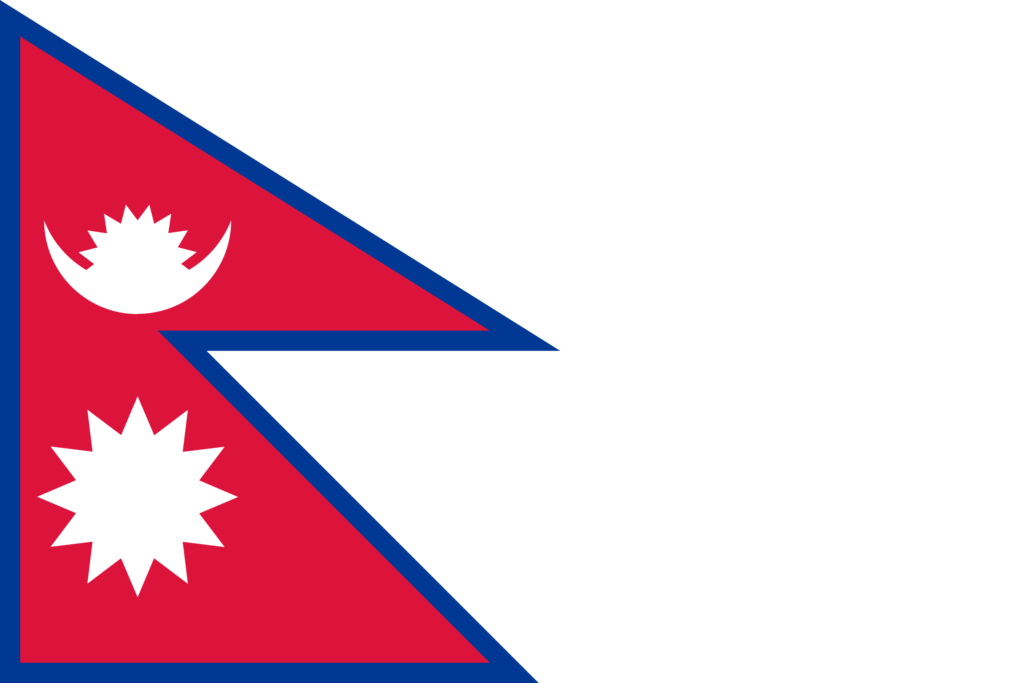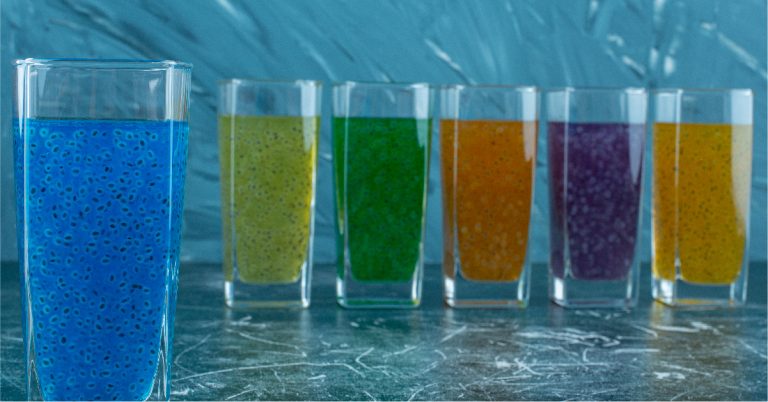Understanding basic scientific principles like osmosis and diffusion can be incredibly useful, not just in classrooms but also in everyday life. In Nepal, where agriculture, clean water access, and health are closely tied to natural processes, grasping the difference between osmosis and diffusion can help students, farmers, and households make informed decisions. Though both are passive transport processes that involve the movement of molecules, they operate differently and have unique roles in biology and practical applications.
In this blog, we’ll explore what is the difference between osmosis and diffusion, how they work, and why it matters in a Nepali context.
What Is the Difference Between Diffusion and Osmosis?
Let’s begin with the basics. Many people confuse these two because both processes involve movement from areas of higher concentration to areas of lower concentration. However, the key difference lies in what is moving and how it moves.
- Diffusion is the movement of any type of molecule (solids, liquids, or gases) from an area of higher concentration to an area of lower concentration, until equilibrium is reached. It does not require a semipermeable membrane.
- Osmosis, on the other hand, is the movement of water molecules only across a semipermeable membrane from a region of lower solute concentration (more water) to a region of higher solute concentration (less water).
So, what is the difference between diffusion and osmosis? Diffusion applies to all kinds of molecules, while osmosis specifically refers to the movement of water through a membrane.
Key Differences Between Osmosis and Diffusion
Here’s a simple comparison to make the difference between osmosis and diffusion easier to understand:
| Feature | Diffusion | Osmosis |
| Type of Molecule | Any (gases, liquids, solids) | Only water |
| Requires a Membrane? | No | Yes, semipermeable |
| Energy Required? | No (passive) | No (passive) |
| Direction | From high to low concentration | Water moves from low to high solute concentration |
| Example in Daily Life | Perfume spreads in a room | Water moving into the plant roots |
Real-Life Examples in Nepal
Understanding the difference between osmosis and diffusion becomes more meaningful when we relate it to local examples from Nepal.
Diffusion Examples:
- Cooking with spices: When you cook dal or curry, the aroma spreads across the kitchen—that’s diffusion of gas molecules.
- Incense in temples: The smell of incense diffuses through the air during rituals.
- Oxygen exchange in lungs: In healthcare, oxygen diffuses from the lungs into the blood, and carbon dioxide diffuses out.
Osmosis Examples:
- Plant roots absorbing water: In Nepal’s agriculture, osmosis helps plants take up water from the soil, especially in rice fields.
- Salt-preserved pickles: When cucumbers or radishes are placed in salty water, they lose water through osmosis, helping in preservation.
- Water purification systems: Reverse osmosis (RO) water filters, used increasingly in urban Nepal, work on the principle of osmosis, just in reverse, using pressure.
Why Does It Matters in Nepal?
From schools to farming, and kitchens to hospitals, understanding the difference between osmosis and diffusion has many practical benefits:
- Education
For Nepali students studying biology or environmental science, this concept is part of their curriculum. A clear understanding helps in exams and real-world applications. - Agriculture
Knowing how water moves into plant cells via osmosis can help farmers manage irrigation better, especially in areas like the Terai, where water is both abundant and scarce at different times. - Health and Clean Water
With rising concerns over water contamination, many households in cities like Kathmandu use RO systems. Understanding osmosis helps people appreciate how these systems clean their drinking water. - Food Storage and Safety
Osmosis plays a vital role in traditional food preservation in Nepal, like making pickles (achar). It helps in reducing microbial growth by drawing out moisture.
How do Ion Exchange Advances in Membrane Water Treatment Technology?
Ion Exchange is at the forefront of advancing membrane water treatment technology. They offer a wide range of membrane filtration systems, including those designed for microfiltration, ultrafiltration, nanofiltration, and reverse osmosis. These systems are tailored to meet the specific needs of Bangladesh’s water challenges. Ion Exchange’s membrane water treatment solutions are designed to be energy-efficient, cost-effective, and environmentally friendly.
HYDRAMEM Membranes
HYDRAMEM, high-performance membranes manufactured by Ion Exchange, represent the latest generation of membrane technology. Combining superior quality with decades of experience in membrane element manufacturing, HYDRAMEM has become the preferred choice for industrial, institutional, and domestic applications alike. Their wide range of products includes:
- Low-Pressure RO Membranes
- Brackish Resistant Membranes
- Fouling-Resistant Membranes
- Sea Water RO Membrane
- Nanofiltration Membrane
- Ultrafiltration Membrane
Conclusion
In conclusion, understanding the difference between osmosis and diffusion is more than just a scientific concept—it has practical significance in everyday life across Nepal. From improving agricultural practices to ensuring access to clean drinking water, these natural processes influence many aspects of our lives. By learning what the difference is between osmosis and diffusion, individuals and communities can make more informed choices in health, education, and resource management. Embracing this knowledge empowers Nepal to blend traditional wisdom with modern solutions for a healthier, more sustainable future.


